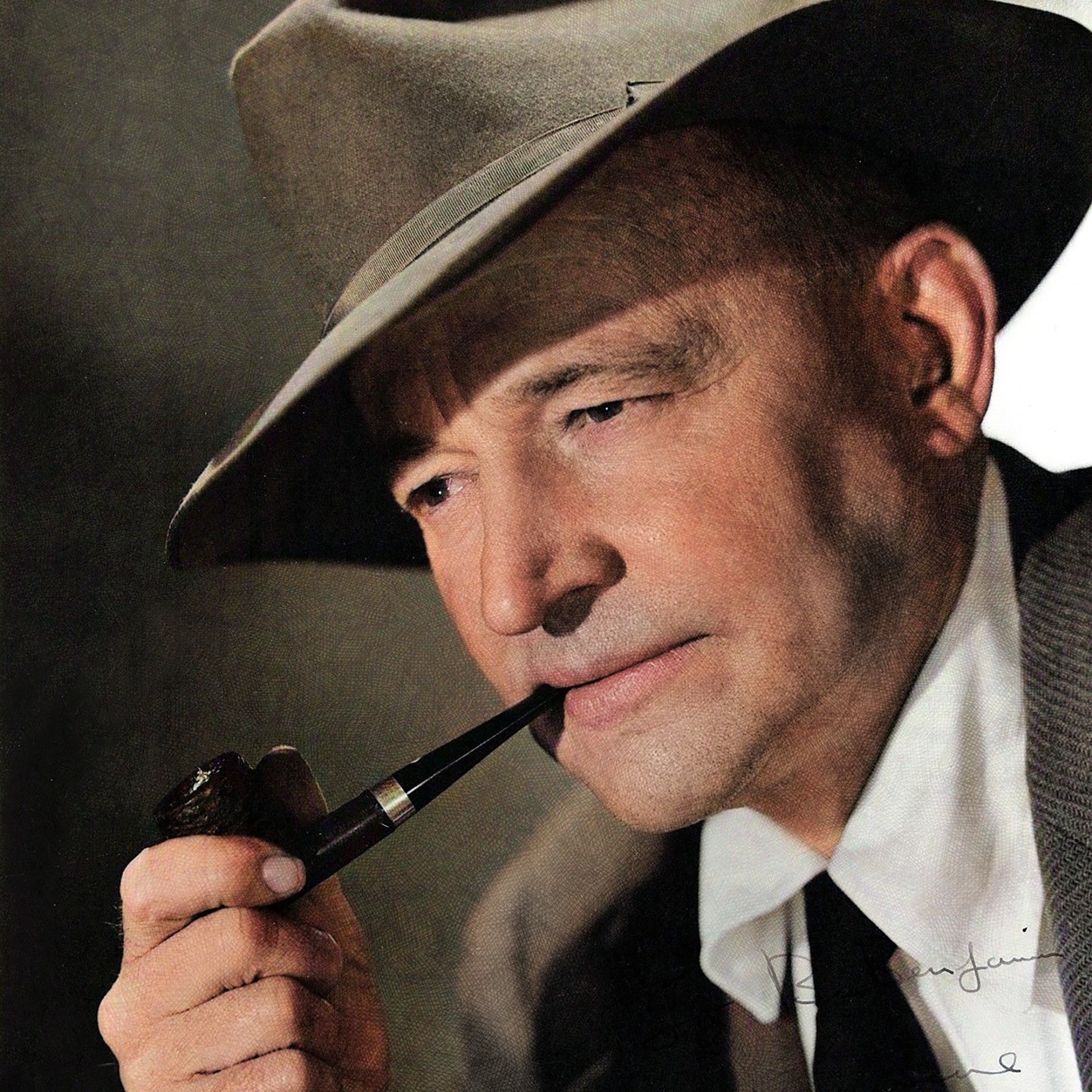
02 sie American Flyboy, Filmmaker, Polish Hero
Remember the classic, 1930s black-and-white version of King Kong? Did you know that, before he became a famous filmmaker, one of its directors was an ace pilot in the Polish skies and received the country’s highest military honors? If not, then read on.
Merian C. Cooper had a debt. It had been incurred by his great-grandfather during the Revolutionary War on the fields of Savannah, the site of one of its most pivotal battles. Colonel John Cooper fought alongside the famous Polish freedom fighter Kazimierz Pułaski (Casimir Pulaski).
The memory of Poland’s contribution to American independence was passed down from one generation of Coopers to the next. When the Polish-Soviet war began in 1919, it was finally time to repay the family’s debt to the Polish nation.
Merian C. Cooper was born in 1893 in Jacksonville, Florida, and was an adventurer from a very early age. When the Great War broke out, he enlisted in the National Guard, and took part in search for Pancho Villa on the border with Mexico. In 1917 he completed flight school and set off for Europe with the American Expeditionary Forces.
After the war, Cooper chose to remain in Europe to help rebuild the war-ravaged continent with the American Relief Administration. That’s how he ended up in Poland.
It was 1919, and the red clouds of the impending Bolshevik invasion had begun to gather over Poland. The time had come, Cooper felt, to finally repay his great-grandfather’s debt. With support from General Tadeusz Rozwadowski, whom he had met in Paris, the pilot convinced Polish authorities to create an air squadron of American volunteers. The 7th Air Escadrille, better known as the Kościuszko Squadron, comprised 21 American pilots who helped Poland defeat the Bolshevik hordes in 1920.
On the frontlines, the squadron pushed back Budyonny’s 1st Cavalry Army, which threatened the very existence of the newly reformed Polish state.
During one sortie, Cooper was shot down by the Bolsheviks and was forced to land behind enemy lines. Believed dead by his Polish commanders, Cooper was in fact taken prisoner by the Soviets. He managed to escape and trekked 700 kilometers back to Poland!
After the war, Cooper maintained his ties with Poland and kept in touch with his brothers in arms. He published his memoirs, Fauntleroy and his Squadron in Poland: The History of the Kosciuszko Squadron, in 1922 in Chicago.
During his stay in England in the 1940s, Cooper often visited the pilots of the famed 303 Squadron, which carried on the legacy of the Kościuszko Squadron and proudly bore its insignia: a traditional Krakow hat over a pair of crossed scythes against a stars-and-stripes field.
